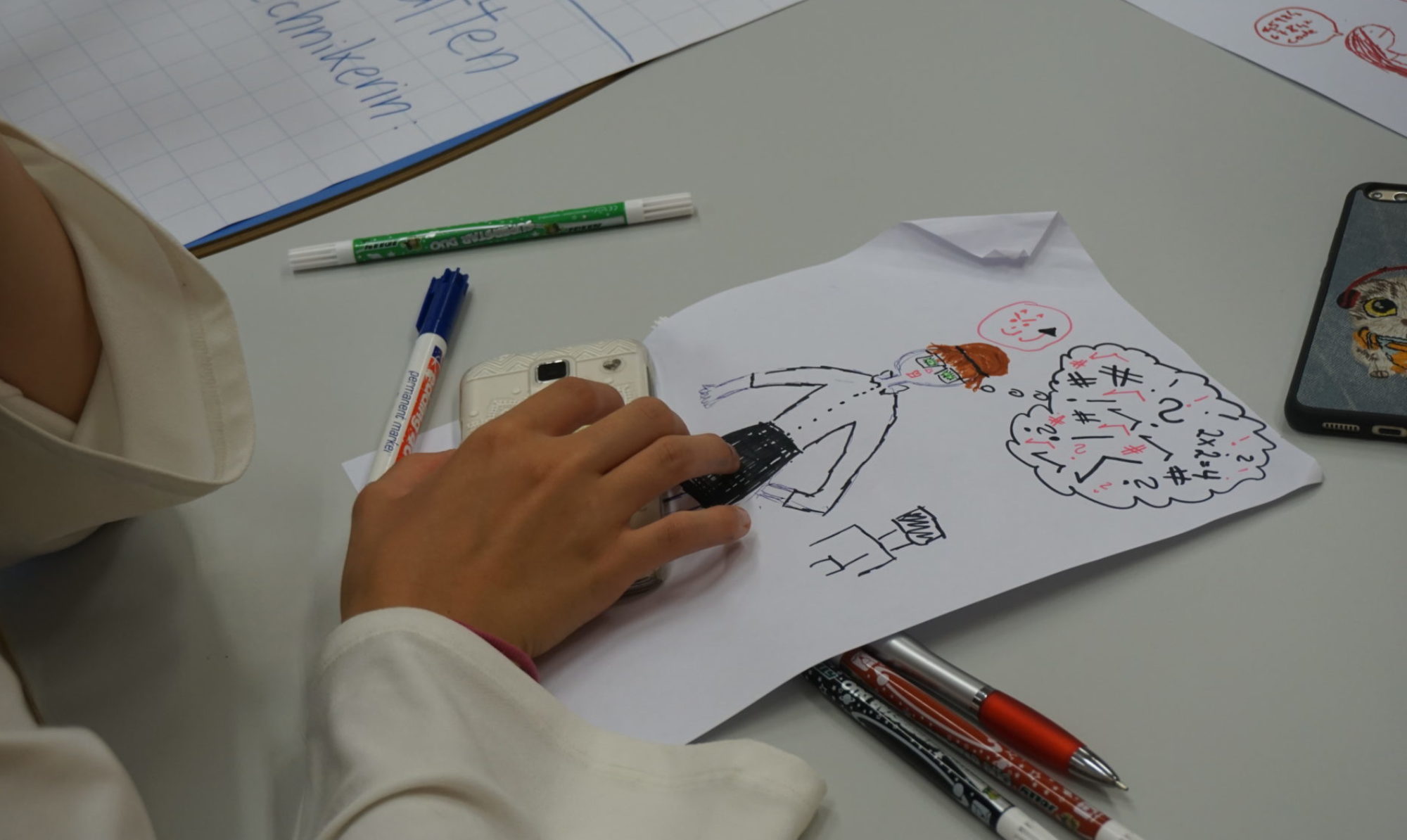Reference Format: Spieler B. and Schifferle T.M. (2022). Maker-Education: Interdisciplinary Computer Science Activities. Informatics in Schools. A step beyond digital education. 15th International Conference on Informatics in Schools: Situation, Evolution, and Perspectives, ISSEP 2022, Vienna, Austria, September 26–28, 2022. p. 122-123.
Continue reading “Maker-Education: Interdisciplinary Computer Science Activities”The “Making at School” Project: Planning Interdisciplinary Activities
Reference Format: Bernadette Spieler, Tobias M. Schifferle, and Manuela Dahinden. 2022. The “Making at School” Project: Planning Interdisciplinary Activities. In Proceedings of the 27th ACM Conference on on Innovation and Technology in Computer Science Education Vol. 2 (ITiCSE ’22). Association for Computing Machinery, New York, NY, USA, 624. https://doi.org/10.1145/3502717.3532150
